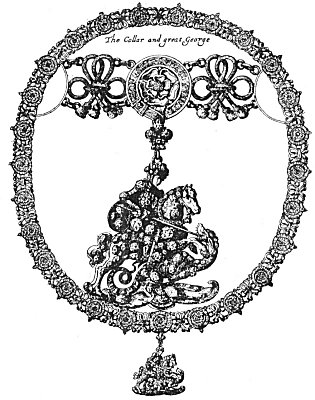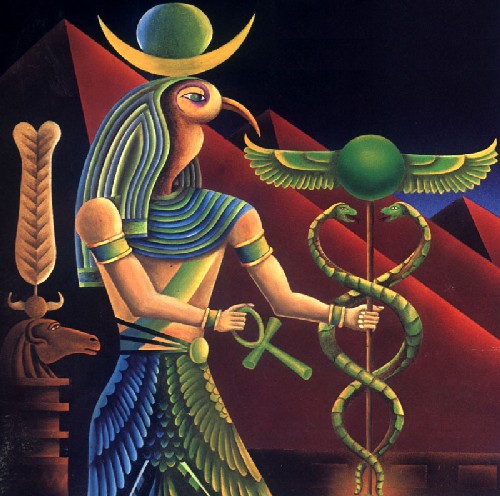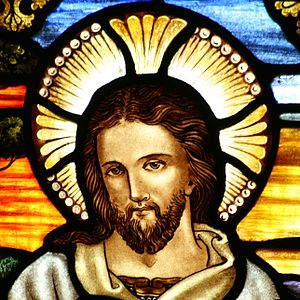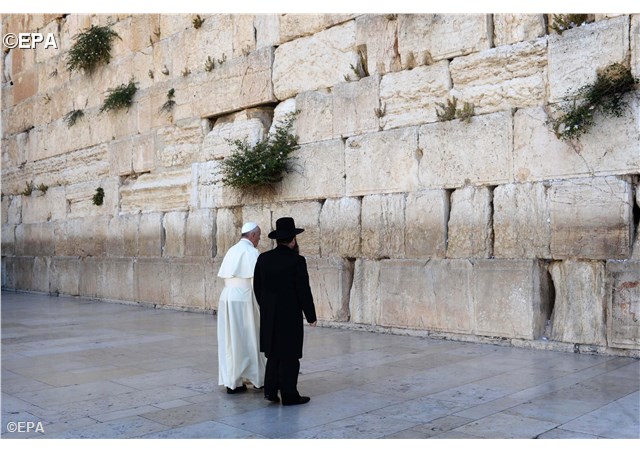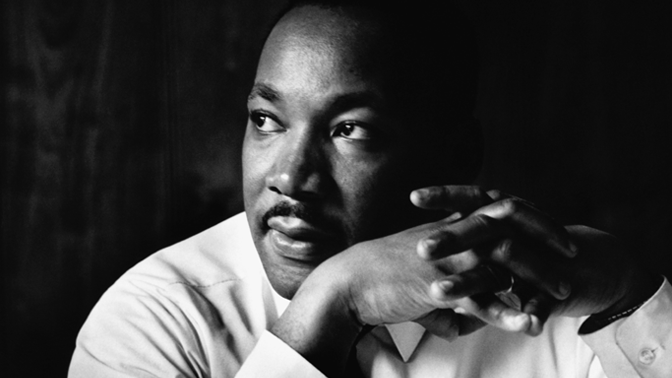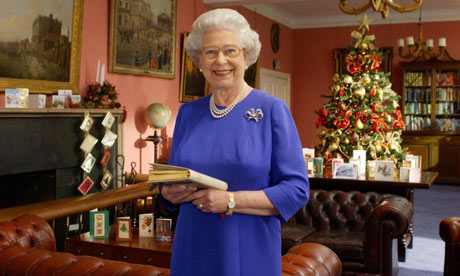One of the most profound doctrines of the pagan philosophers concerned the Universal Savior-God who lifted the souls of regenerated men to heaven through His own nature. This concept was unquestionably the inspiration for the words attributed to Jesus: “I am the way, the truth, and the life: no man cometh unto the Father but by me.” In an effort to make a single person out of Jesus and His Christos, Christian writers have patched together a doctrine which must be resolved back into its original constituents if the true meaning of Christianity is to be rediscovered. In the Gospel narratives the Christos represents the perfect man who, having passed through the various stages of the “World Mystery” symbolized by the thirty-three years, ascends to the heaven sphere where he is reunited with his Eternal Father. The story of Jesus as now preserved is–like the Masonic story of Hiram Abiff–part of a secret initiatory ritualism belonging to the early Christian and pagan Mysteries.
During the centuries just prior to the Christian Era, the secrets of the pagan Mysteries had gradually fallen into the hands of the profane. To the student of comparative religion it is evident that these secrets, gathered by a small group of faithful philosophers and mystics, were reclothed in new symbolical garments and thus preserved for several centuries under the name of Mystic Christianity. It is generally supposed that the Essenes were the custodians of this knowledge and also the initiators and educators of Jesus. If so, Jesus was undoubtedly initiated in the same temple of Melchizedek where Pythagoras had studied six centuries before.
The Essenes–the most prominent of the early Syrian sects–were an order of pious men and women who lived lives of asceticism, spending their days in simple labor and their evenings in prayer. Josephus, the great Jewish historian, speaks of them in the highest terms. “They teach the immortality of the soul,” he says, “and esteem that the rewards of righteousness are to be earnestly striven for.” In another place he adds, “Yet is their course of life better than that of other men and they entirely addict themselves to husbandry. ” The name Essenes is supposed to be derived from an ancient Syrian word meaning “physician,” and these kindly folk are believed to have held as their purpose of existence the healing of the sick in mind, soul, and body. According to Edouard Schuré, they had two principal communities, or centers, one in Egypt on the banks of Lake Maoris, the other in Palestine at Engaddi, near the Dead Sea. Some authorities trace the Essenes back to the schools of Samuel the Prophet, but most agree on either an Egyptian or Oriental origin. Their methods of prayer, meditation, and fasting were not unlike those of the holy men of the Far East. Membership in the Essene Order was possible only after a year of probation. This Mystery school, like so many others, had three degrees, and only a few candidates passed successfully through all. The Essenes were divided into two distinct communities, one consisting of celibates and the other of members who were married.
The Essenes never became merchants or entered into the commercial life of cities, but maintained themselves by agriculture and the raising of sheep for wool; also by such crafts as pottery and carpentry. In the Gospels and Apocrypha, Joseph, the father of Jesus, is referred to as both a carpenter and a potter. In the Apocryphal Gospel of Thomas and also that of Pseudo-Matthew, the child Jesus is described as making sparrows out of clay which came to life and flew away when he clapped his hands. The Essenes were regarded as among the better educated class of Jews and there are accounts of their having been chosen as tutors for the children of Roman officers stationed in Syria. The fact that so many artificers were listed among their number is responsible for the order’s being considered as a progenitor of modern Freemasonry. The symbols of the Essenes include a number of builders’ tools, and they were secretly engaged
THE GREAT GEORGE AND COLLAR OF THE GARTER.
From Ashmole’s Order of the Garter. The Order of the Garter was probably formed by Edward III in imitation of King Arthur’s Knights of the Round Table, which institution was hopelessly scattered after the battle of Kamblan. The popular story to the effect that the Countess of Salisbury’s garter was the original inspiration for the foundation of the order is untenable. The motto of the Order of the Carter is “Honi soit qui mal y pense” (Shamed be he who thinks evil of it). St. George is looked upon as the Patron of the order, for he typifies the higher nature of man overcoming the dragon of his own lower nature. While St. George is supposed to have lived during the third century, it is probable that he was a mythological personage borrowed from pagan mythology.

Moe is the founder of GnosticWarrior.com. He is a father, husband, author, martial arts black belt, and an expert in Gnosticism, the occult, and esotericism.

